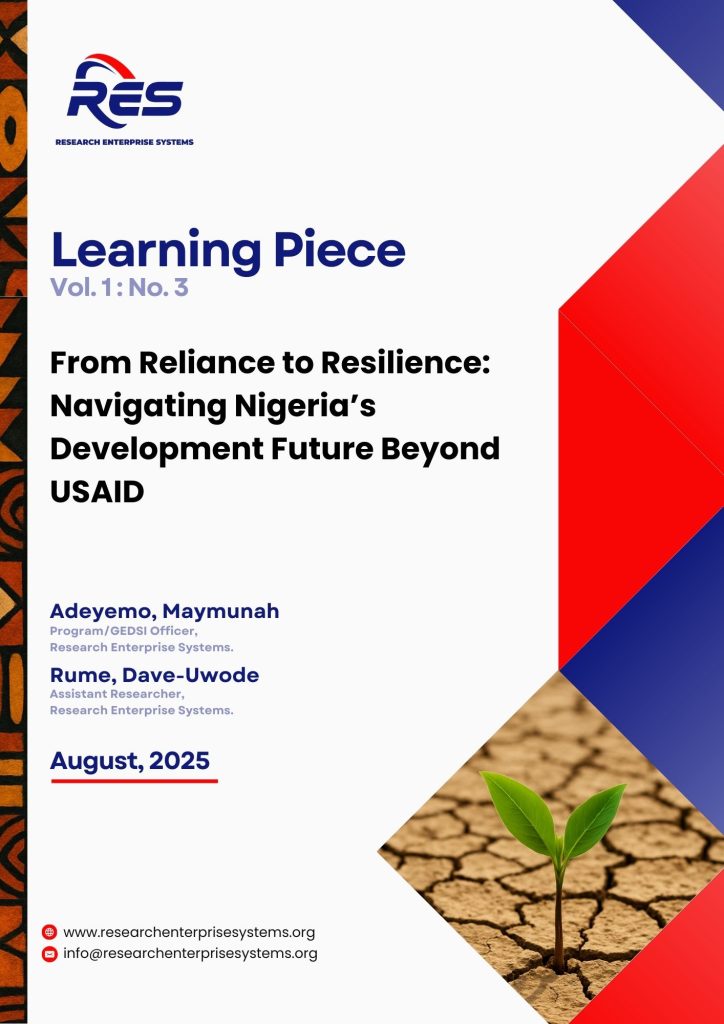Foreign aid has long served as a vital mechanism for providing financial and technical assistance to developing countries, aimed at enhancing economic stability, healthcare systems, infrastructure, and governance. Historically, donor countries have employed foreign aid both as a humanitarian tool and as a diplomatic strategy to strengthen bilateral relationships and promote global stability. The idea of structured foreign aid dates back to the 1940s, in the aftermath of the Second World War. The war had devastated economies around the world, leaving many countries with broken infrastructure and severe shortages of capital. In response, world leaders convened at the Bretton Woods Conference in 1944, where they negotiated the institutional framework for the post-war global economic order. The resulting Bretton Woods system became the first fully negotiated monetary arrangement designed to govern monetary relations among sovereign states.
Over the last four decades, foreign aid to developing and underdeveloped countries has grown significantly. While it has supported a range of development initiatives, it has also sparked ongoing debate about its long-term impact, particularly whether, in some cases, it may be deepening dependency or contributing to underdevelopment. Countries like South Korea, Taiwan, and Singapore stand out as examples of how foreign aid can be effectively used. In their early development stages, they strategically invested external funds into strengthening their economies, expanding access to quality education and healthcare, and enacting policy reforms that laid the groundwork for sustainable growth. Notably, both South Korea and China, once among the largest recipients of aid, have since emerged as donor nations, providing support to countries across Africa, Asia, and the Middle East.
However, sub-Saharan Africa still struggles to break free from reliance on donor funds. Sub-Saharan Africa’s reliance on donor funds is partly tied to the conditionalities attached to foreign aid, which often hinder long-term development. Many aid packages come with economic and political conditions, such as structural adjustment programs imposed by the IMF and World Bank, which forced countries to cut public spending, privatize essential services, and open markets in ways that often deepened poverty rather than fostering growth. Drawing from his extensive research in international development, Dichter (2003) argues that foreign aid programs often overlook local realities, are driven by donor interests rather than actual needs, and suffer from bureaucratic inefficiencies.
With respect to Nigeria, foreign aid has played a significant role in its development journey, even as the country continues to strive for self-sufficiency across key sectors. Much of this support has come from countries like the United States and the United Kingdom, as well as international institutions such as the World Bank. In 2022, Nigeria received approximately $4.4 billion in official development assistance and aid, according to the World Bank. Data from the US Foreign Assistance, also shows that Nigeria received around $7.8 billion in aid from the United States alone over the past decade. Although its annual disbursements fluctuated over the years, reaching a peak of $1 billion in 2023 before dropping to $783 million in 2024, the funding supported critical sectors such as healthcare, security, education, and economic development. In 2018, Development Assistance for Health (DAH) was estimated at $38.9 billion, with the majority of funds directed through direct bilateral assistance. Of this amount, the United States contributed 34% of the total DAH, followed by the UK at 8.4%. However, Nigeria’s continued dependence on external aid highlights its fiscal vulnerabilities and underscores the growing need to develop sustainable, homegrown financing mechanisms for long-term development.





Leave a Reply